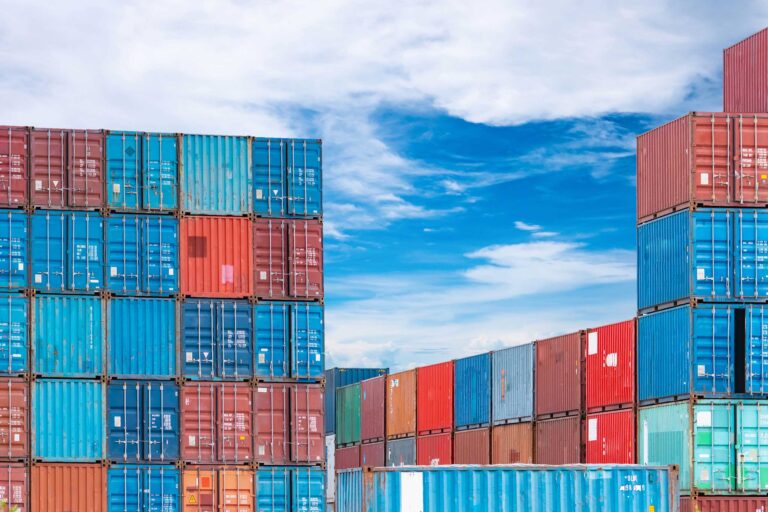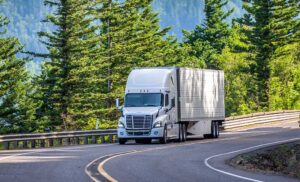WASHINGTON — The U.S. Department of Transportation (USDOT) says there are signs of progress in the nation’s supply chain after months of backup that was mostly related to the COVID-19 pandemic.
America’s ports — including the Ports of Los Angeles and Long Beach collectively — imported more containers than any previous January, according to a USDOT news release.
The total number of container ships waiting for berths at U.S. ports has dropped by 35% since peaking in early February and freight railroads’ weekly intermodal movements in March approached their highest levels of 2022.
“Goods are successfully being delivered to shelves and real retail inventories excluding autos are at their highest levels in history and 6% above pre-pandemic levels,” the news release stated.
“This progress builds on continued action by USDOT and the Supply Chain Disruptions Task Force to move ports toward 24/7 operations, improve recruitment and retention in the trucking workforce and speed the movement of goods by rail and other modes.”
Earlier this month, USDOT announced a data sharing effort called Freight Logistics Optimization Works (FLOW). FLOW has initial participants including Target, FedEx, UPS, True Value, ocean shippers and ports that represent diverse perspectives across the supply chain.
“This effort will foster an information exchange to ease supply chain congestion, speed up the movement of goods, and ultimately cut costs for American consumers,” the news release stated.
In February, USDOT announced the availability of a historic $450 million in funds for American ports and published a comprehensive report with recommendations for the future of American supply chains.
One key bottleneck in the transportation supply chain has been trucking capacity — an industry where employment was declining before the pandemic and has been stretched by historic demand for goods.
Last week, the USDOT and the U.S. Department of Labor (DOL) announced progress on the Biden-Harris Trucking Action Plan to focus on retaining drivers by making truck driving a better job and to recruit more drivers into the profession.
Key achievements include more than 90 employers launching Registered Apprenticeship programs in 90 days, a 112 percent increase in commercial driver’s licenses issued in January and February 2022 compared to 2021, a new Women of Trucking Advisory Board, and a new Veterans Trucking Task Force to help bring more veterans into the trucking industry.
Trucking employment is now around 30,000 higher than the start of the pandemic.
“While this is important progress, we still see challenges on the horizon and USDOT continues to monitor potential disruptions,” the USDOT news release stated.
“COVID-19 outbreaks across Asia and Russia’s unjustified and unprovoked war of aggression could impact our supply chains here in the United States. USDOT continues to work with partner agencies and stakeholders from industry and labor to help speed up the movement of goods, and ultimately make goods more affordable for the American people. And this is why the State Department has set up an ‘early warning’ system where embassies send updates to agencies and the White House on potential supply chain disruptions in key transportation and manufacturing hubs.”
The Trucker News Staff produces engaging content for not only TheTrucker.com, but also The Trucker Newspaper, which has been serving the trucking industry for more than 30 years. With a focus on drivers, the Trucker News Staff aims to provide relevant, objective content pertaining to the trucking segment of the transportation industry. The Trucker News Staff is based in Little Rock, Arkansas.









I didn’t see any mention of the problem we drivers have finding a place to park, on down time. Most 8f not all truck stops start to fill up around 2 pm. Too many of us are forced to park along highways or on and off ramps, not only because of no available spaces, but because of the OOS drive time hanging over our heads, it’s unsafe and causes many drivers to park anywhere they can, to comply with strict regulations. There are so many more things wrong with the way we drivers have to make a living being an OTR driver. But I feel as if I’m beating a Dead horse by expressing my concerns, no one seems to care, as long as we keep delivering the goods.
I feel the same way. We need way more truck and rest stops off of the U. S. State Highways and backroads. I had to sleep on the side of the road due to drive time in Garner, N. C.